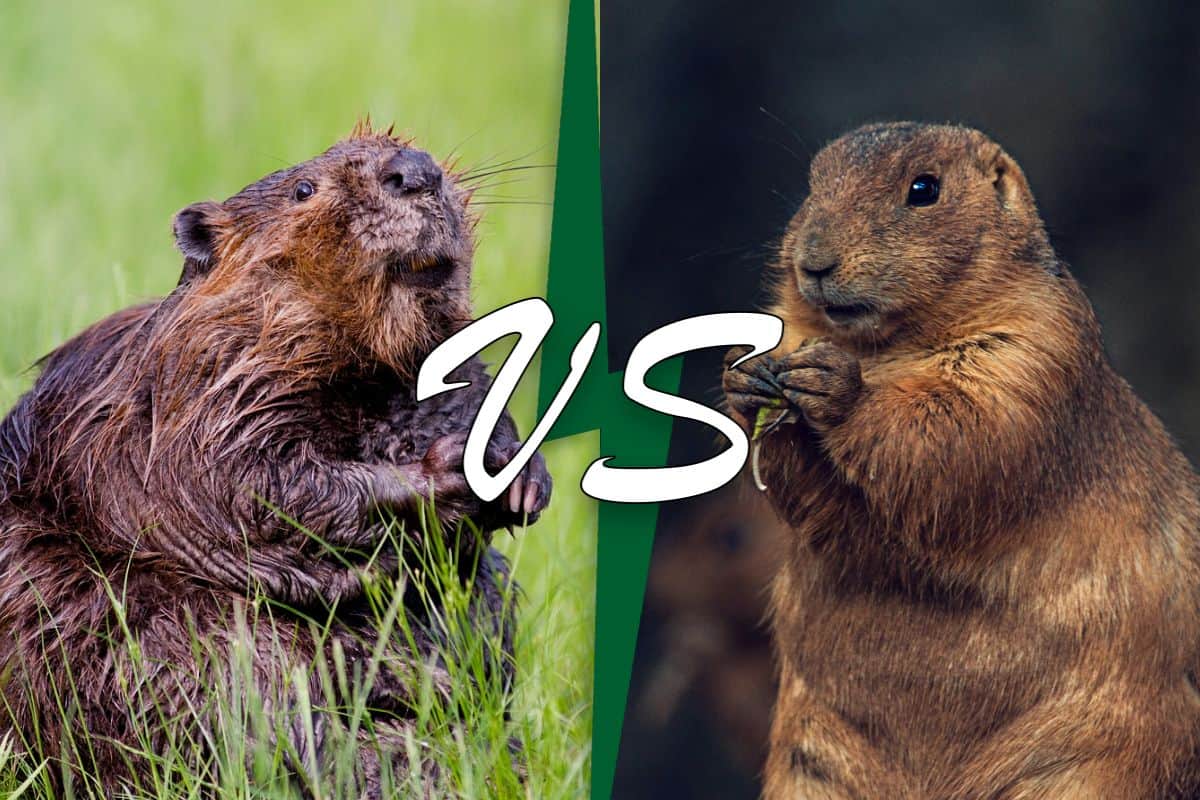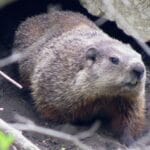Unmasking the Furry Mystery: Are Marmots and Woodchucks the Same?
Ever heard someone use “woodchuck” and “marmot” interchangeably? You’re not alone! These furry critters often cause confusion, and for good reason – they bear a striking resemblance. But while all woodchucks are indeed marmots, the reverse isn’t quite true. Think of it like squares and rectangles: all squares are rectangles, but not all rectangles are squares.
Let’s delve into the captivating world of marmots and woodchucks to uncover what makes each one unique.
Spotting the Difference: Size, Looks, and Location
Both marmots and woodchucks sport that classic, chubby rodent look: short legs, strong claws perfect for digging, and an irresistibly furry physique. However, a closer look reveals some subtle hints that can help you tell them apart.
Size and Appearance: Woodchucks tend to be a bit smaller than some of their marmot cousins and frequently have a more brownish coat. They also have a distinctive “mask” of white fur on their faces – almost like a tiny bandit disguise!
Habitat and Range: When it comes to where these critters call home, that’s where things get even more interesting. Woodchucks are homebodies, often found in open fields, meadows, and even your backyard if it offers enough tasty plants.
Marmots, on the other hand, have a wider range of preferences. Some, like the alpine marmot, prefer the high life, making their homes in mountainous areas. Others, such as the black-tailed prairie dogs, keep it grounded in grasslands.
Social Lives and Ecological Roles: More Than Meets the Eye
Social Structure: Woodchucks generally prefer to fly solo, embracing their independent spirit. However, some marmot species are all about community. Yellow-bellied marmots, for instance, live in bustling colonies with complex social rules and hierarchies – imagine a rodent reality show!
Nature’s Little Helpers: Both marmots and woodchucks play a crucial role in their ecosystems. As herbivores, they’re constantly nibbling on plants and inadvertently spreading seeds, which helps new plants grow. However, their love of gardens and crops sometimes puts them at odds with farmers who view them as pests. Sadly, some marmot species face threats to their survival and need protection.
Beyond the Burrow: Marmots in Culture and Language
Thanks to Groundhog Day, the woodchuck has earned a special place in our hearts (and calendars!). However, other marmot species have also found their way into our stories and traditions. They pop up in Native American folklore and play a role in certain cultural practices.
Are Woodchucks and Marmots Really the Same?
We’ve established that woodchucks are indeed a type of marmot. But it’s not as simple as saying they’re the same thing. Think of it this way: all roses are flowers, but not all flowers are roses. It’s all about understanding how these furry critters fit into the bigger picture.
The Marmot Family: The marmot family is like a big, diverse family reunion. You’ve got smaller members like the alpine marmot and larger relatives like the yellow-bellied marmot. They come in different sizes, sport different fur colors, and have their own preferences about where they dig their burrows.
Adaptable Woodchucks: Woodchucks are the ultimate adapters. They’re like that friend who can fit in anywhere – forests, fields, even your backyard! That’s not to say other marmots are picky; they’ve just developed specific preferences over time. For example, the yellow-bellied marmot, also known as the “rock chuck,” loves hanging out on rocky mountain slopes.
Why Is a Groundhog Called a Woodchuck?
The terms “groundhog” and “woodchuck” are often used interchangeably, which adds to the confusion. While it’s true that all woodchucks are marmots, and all groundhogs are marmots, the term “groundhog” is more commonly used for the specific marmot species found in eastern North America (Marmota monax).
The “Groundhog” Explained: The name “groundhog” perfectly describes where you’ll find them and what they’re known for – living in the ground and popping up from their burrows.
The “Woodchuck” Story: The name “woodchuck,” on the other hand, carries more history. It comes from the Algonquin word “wuchak.” This linguistic connection reminds us that even animal names can have fascinating origins, linking us to different cultures and languages.
What Is the Difference Between a Marmot and a Rock Chuck?
Welcome to the world of animal nicknames! The marmot goes by many names, including woodchuck, groundhog, and rock chuck. It’s easy to assume these are all different animals. However, they all refer to members of the Marmota genus.
The “Rock Chuck” Revealed: “Rock chuck” is simply a regional nickname for a specific type of marmot, the yellow-bellied marmot (Marmota flaviventris). So, while all rock chucks are marmots, not all marmots are rock chucks. It’s all about their home turf and the names people in those areas use.
Location, Location, Location: Rock chucks, as their name suggests, are particularly fond of rocky terrain. You’ll often find them in rocky slopes and mountainous regions, basking in alpine meadows. Other marmots, like the woodchuck, are more adaptable, inhabiting a variety of environments.
While we’ve learned a great deal about marmots, research is ongoing. There’s always more to discover about these fascinating creatures. The next time you hear someone talking about a marmot, woodchuck, groundhog, or rock chuck, remember – they’re all part of the same fascinating family, each with its own unique story to tell!
- Georgia Platform: A Southern Strategy, 1850s - March 31, 2025
- How many weeks is 40 days: Quick Conversion Guide for Accurate Results - March 31, 2025
- How many feet is 300 meters? 984 Feet: Understand Length Conversions Easily - March 31, 2025
















